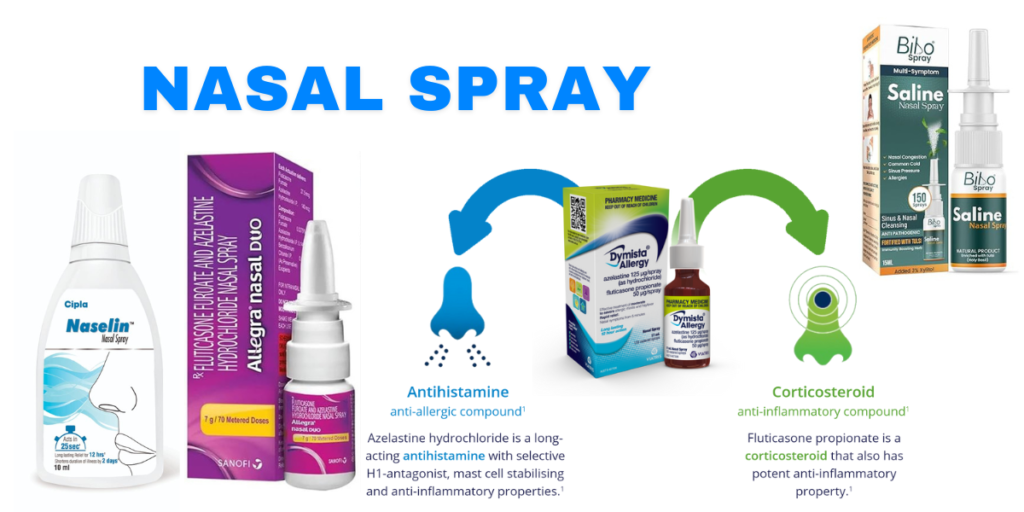Table of Contents
Oral Artesunate Dosage for Adults is a potent antimalarial drug derived from artemisinin, a compound extracted from the sweet wormwood plant (Artemisia annua). It is widely used for the treatment of severe malaria, particularly caused by Plasmodium falciparum, which is responsible for most malaria-related deaths globally. While artesunate is available in various forms, including intravenous, intramuscular, and oral, this article focuses on the oral artesunate dosage for adults, its usage, efficacy, and safety considerations.
Understanding Artesunate
Artesunate is a fast-acting antimalarial that works by generating reactive oxygen species (ROS) within the malaria parasite, leading to its death. It is particularly effective against the asexual blood stages of the parasite, which are responsible for the clinical manifestations of malaria.
Indications for Use
Oral artesunate is primarily indicated for the treatment of uncomplicated malaria caused by Plasmodium falciparum. It is often used in combination with other antimalarial drugs to enhance efficacy and prevent the development of drug resistance. The combination therapy, known as Artemisinin-based Combination Therapy (ACT), is the standard treatment for malaria in many regions.
Dosage and Administration
The recommended oral artesunate dosage for adults depends on several factors, including the severity of the infection, body weight, and whether it is being used as part of combination therapy. The typical dosing regimen is as follows:
- Standard Dosage for Uncomplicated Malaria:
- Day 1: 200 mg of oral artesunate (equivalent to 4 mg/kg) is administered initially, followed by 100 mg (equivalent to 2 mg/kg) after 8 hours.
- Days 2-7: 100 mg (equivalent to 2 mg/kg) is administered once daily for the next six days.
- Combination Therapy:
- Oral artesunate is usually administered in combination with another antimalarial drug, such as mefloquine, amodiaquine, or sulfadoxine-pyrimethamine, depending on regional guidelines and the susceptibility of the malaria parasite. The exact dosing regimen may vary based on the combination used.
- Weight-Based Dosing:
- For patients weighing more or less than the average adult, dosage adjustments are necessary. The typical dose is calculated based on body weight, with a standard dose of 4 mg/kg on the first day, followed by 2 mg/kg on subsequent days.
- Special Considerations:
- Patients with severe malaria or those who cannot tolerate oral medications may require initial treatment with intravenous or intramuscular artesunate before transitioning to oral therapy.
- In areas with high levels of drug-resistant P. falciparum, healthcare providers may adjust the treatment regimen to include additional antimalarial drugs or alternative therapies.
Efficacy of Oral Artesunate
Oral artesunate is highly effective in rapidly reducing the parasite load in patients with uncomplicated malaria. Studies have shown that artesunate significantly shortens the time to parasite clearance compared to other antimalarials, reducing the severity of symptoms and the risk of complications.
When used as part of ACT, oral artesunate is even more effective, achieving cure rates of over 95% in most cases. This combination approach also helps in delaying the development of resistance, a growing concern in malaria-endemic regions.
Safety and Side Effects
Oral artesunate is generally well-tolerated, but like all medications, it can cause side effects in some patients. Common side effects include:
- Gastrointestinal Disturbances: Nausea, vomiting, and diarrhea are the most commonly reported side effects, especially during the first few days of treatment.
- Headache and Dizziness: Some patients may experience mild headaches or dizziness during treatment, but these symptoms usually resolve without intervention.
- Transient Liver Enzyme Elevations: Artesunate can cause temporary increases in liver enzymes, which typically normalize after treatment is completed.
- Allergic Reactions: Although rare, some patients may develop allergic reactions to artesunate, manifesting as rash, itching, or more severe symptoms like difficulty breathing.
Precautions and Contraindications
- Pregnancy: Artesunate is considered safe for use during the second and third trimesters of pregnancy. However, caution is advised during the first trimester, and the benefits should be weighed against potential risks. Pregnant women with malaria should be treated under the guidance of a healthcare provider.
- Liver and Kidney Impairment: Patients with pre-existing liver or kidney conditions should be closely monitored during treatment, as artesunate can affect liver function.
- Drug Interactions: Artesunate can interact with other medications, including certain antiretrovirals, anticonvulsants, and antibiotics. Patients should inform their healthcare provider of all medications they are taking to avoid potential interactions.
- Resistance Considerations: In regions where artemisinin resistance has been reported, healthcare providers may opt for alternative treatment regimens or use artesunate in combination with additional antimalarial agents.
Conclusion
Oral artesunate is a cornerstone in the treatment of uncomplicated malaria, offering rapid parasite clearance and high efficacy when used as part of combination therapy. While generally safe and well-tolerated, its use requires careful consideration of dosage, potential side effects, and patient-specific factors such as pregnancy or existing health conditions. As malaria continues to be a major global health challenge, the appropriate use of oral artesunate, guided by local treatment guidelines and resistance patterns, remains crucial in reducing morbidity and mortality associated with this disease.










